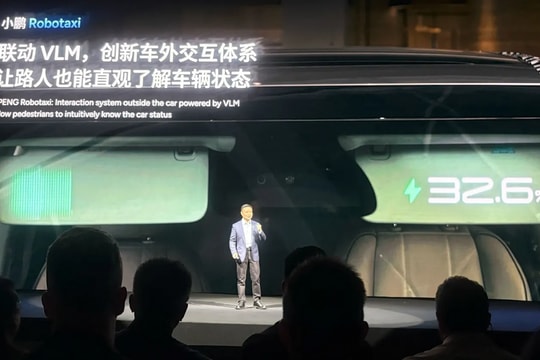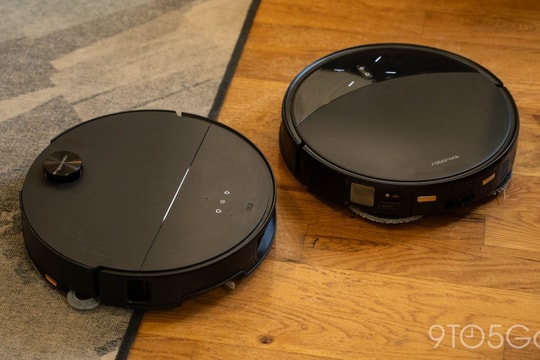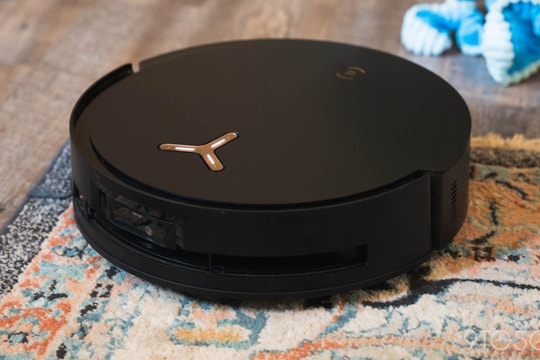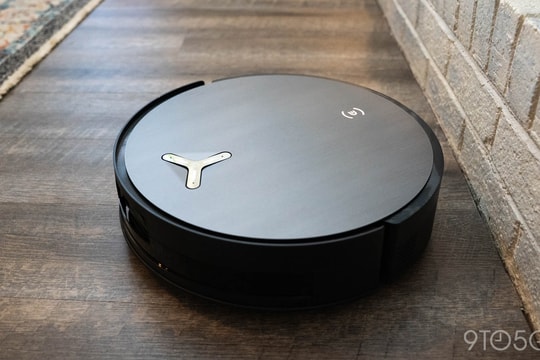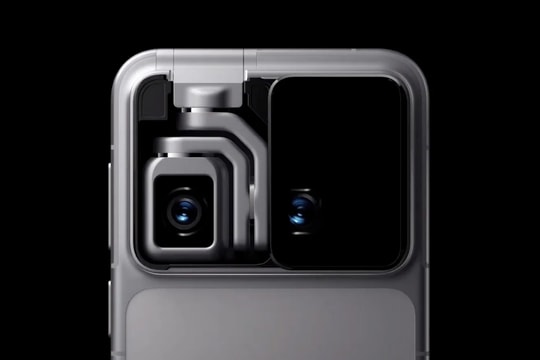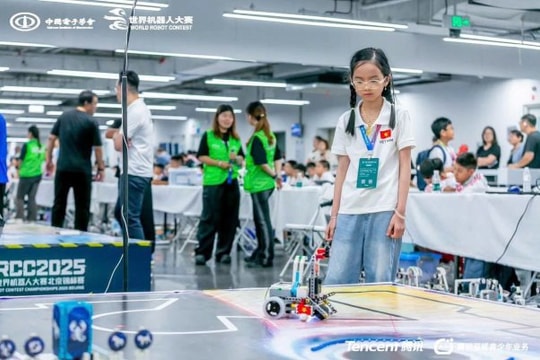Robot bee with laser eyes like in video games
Robot bees equipped with laser scanning eyes that sense the movement of objects on their way, will analyze and map the surrounding environment from reflected light signals.
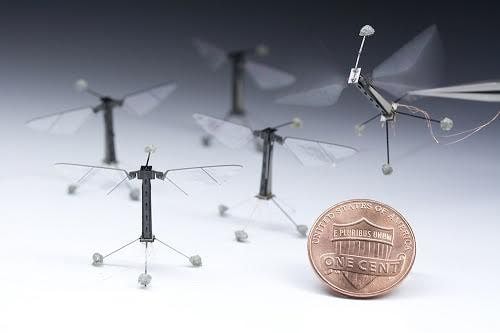 |
| Tiny robots inspired by insects could be used in agriculture and to help rescue people in disasters. Photo: Live Science |
According to Live Science, researchers are developing small flying robots like bees, named RoboBees. In the near future, this type of robot will be used to pollinate crops or search and locate victims in disasters or natural disasters. These laser eyes can also help people control smartphones, tablets, laptops and other mobile devices with simple gestures.
Previous research has produced flying robot bees tethered to wires and able to navigate underwater. However, these robots lacked the ability to perceive their surroundings, a major hurdle, as they could crash into walls or land on flower petals.
To address this challenge, the researchers plan to equip the robot with a pair of radar laser eyes. This technology, called lidar, emits invisible laser pulses instead of radio waves. The sensor measures how long it takes for the light to reflect back, thereby calculating the distance, determining the size and shape of the target or obstacle. This device uses a low-intensity laser, which is safe for humans.
"Our technology is very similar to Microsoft's Kinect device that comes with the Xbox game console, which can sense your movements in the game," said Karthik Dantu, a computer scientist at the University of Buffalo in New York.
"This is an extremely safe technology, similar to the technologies being applied in everyday life."
Lidar is also the technology being used in driverless cars to automatically navigate their surroundings. This lidar system is usually the size of a car headlight.
“It’s basically the same technology that car manufacturers are using to make sure their self-driving cars don’t crash into obstacles,” Dantu said. “The challenge is that we need to miniaturize that technology so it works on robotic bees, which are as small as a coin.”
Computer scientist Sanjeev Koppal and sensor expert Huikai Xie from the University of Florida will build tiny sensors to detect reflected light. Meanwhile, Dantu will program new perception and navigation algorithms to help RoboBees analyze and map their surroundings from reflected light signals.
“Lidar essentially exploits the ‘echo’ of a pulse of light,” says Koppal. “You can imagine the ‘echo’ of a pulse of light leaving the source, hitting an obstacle, and returning in a very short time. Quickly detecting the echo without using complex circuitry, and at the same time, having it be very small, was one of the big challenges for us.”
“These tiny lidar devices weigh only about 56 milligrams,” Koppal said. The researchers hope to develop the sensor in the next three years. Then, in collaboration with Harvard scientists, they hope to integrate the technology into Robobees.
Tiny lidar technology won't just be for robots in the future. It could be used to help humans interact with mobile devices using natural protocols like Microsoft's Kinect - which can detect gestures made by the controller.
According to VnExpress
| RELATED NEWS |
|---|

